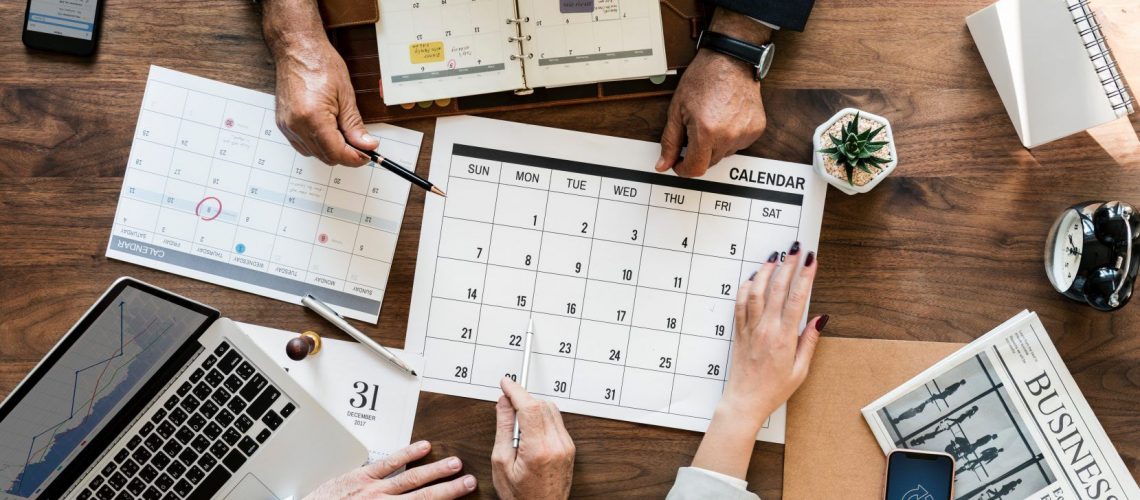Last month, thanks to my generous organization, Wood Mackenzie, I returned to the UK to continue my leadership development with Future – Engage – Deliver (FED). FED is a series of in-depth workshops with an emphasis on putting learnings into practice and designed to explore the challenges of corporate leadership. The workshop revealed that all good leadership embodies two primary things: leading with introspection and cultivating “big relationships.” These relationships are at the heart of our success as business leaders, driving collaboration, balance, and ultimately, results.
Relationships to results
Big relationships are the foundation of results. If you think of leadership like a pyramid, these relationships are its broad base, supporting everything else that needs to happen — possibilities, opportunities, actions, and results. Many individuals come into leadership roles and go straight for results — the top of the pyramid. But if your goals aren’t rooted in relationships, you’re unlikely to succeed in what you set out to achieve.
The truth is, most results stem from a co-created process, meaning one person alone is unlikely to produce the best results. Meaningful achievement and effectiveness come from big relationships — the peers you can reach out to when you need bolstering. Leaders who demand results without fostering these relationships are working against the servant leadership model (to which I subscribe). This makes it virtually impossible to meet their established targets.
Intent vs. impact
An important part of building big relationships is simply being present and aware. Self-awareness is key to all good communication, helping to ensure that your intent matches your impact. Sometimes, something we say is received poorly, when our intention was to be encouraging. Check in on yourself with a strong feedback loop and refine your communication skills so that your intent and impact align more often than not.
Another critical aspect to successful relationship-building is recognizing that people are always willing to help. Likewise, extending your guidance, assistance, or expertise can also help others achieve their results. Asking “What can I do to help?” can go leaps and bounds toward growing big relationships. And using the “help me to understand” approach can resolve potential conflicts before they flare up. It also demonstrates to your team that you are leading with gratitude and striving for clear communication.
Making it happen
The bottom line with big relationships is that you really can’t get the results you want without them and it takes intentional work to create them. I find there are three key ways to build and strengthen them:
- Identify. Look at every level of your organization and identify people who can help you succeed and drive results. This is likely someone with skills and relationships that complement, rather than duplicate, your own.
- Engage. This action is literally at the center of FED. Engage with other leaders in your business. Make an effort to understand how others receive your intended impact.
- Be proactive. Big relationships mean big results, but you have to look outward (Who can I build relationships with?) and inward (Am I communicating effectively?) to grow them.
“Leadership starts in the future” was a phrase that I heard throughout the FED retreat that it has stuck with me. Once you see the future (your goals, targets, and aspirations) clearly, you’ve got to build your path to it in the present. Big relationships are the bricks, stones, and bridges you’ll need to pave and traverse it. Successful business doesn’t happen in a vacuum — it happens when people create together, opening new opportunities for one another along the way.



